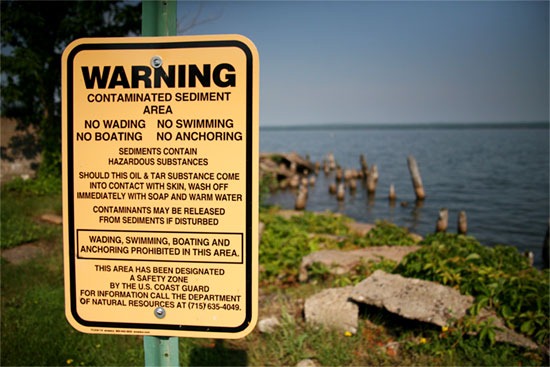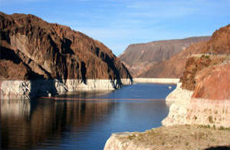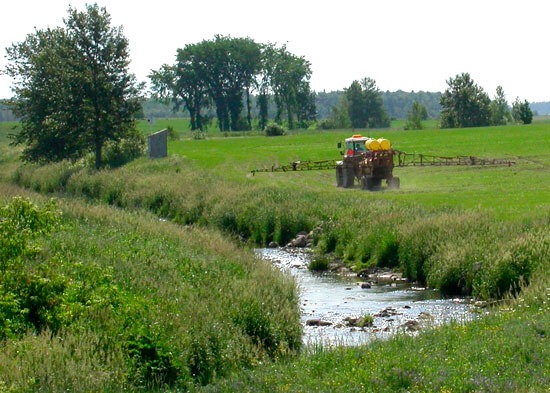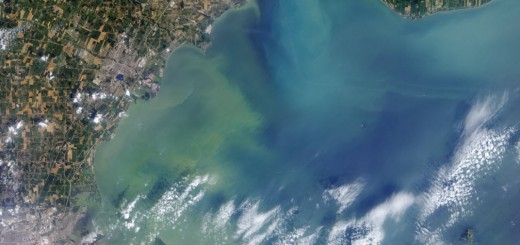Despite years of phosphorus controls, Lake Erie remains unhealthy
0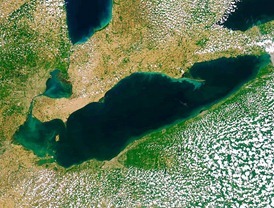 Despite meeting Clean Water Act mandated pollution targets for more than a decade, a new study shows Lake Erie is still fundamentally unhealthy.
Despite meeting Clean Water Act mandated pollution targets for more than a decade, a new study shows Lake Erie is still fundamentally unhealthy.
The Nearshore and Offshore Lake Erie Nutrient Study concludes this month after a year of research headed by principal investigator Chris Pennuto, a scientist at the Buffalo State College Great Lakes Center and professor of biology.
“When the Clean Water Act was passed in 1972, one of its goals was to reduce water pollution enough to meet certain ’swimmable and fishable’ criteria,” Pennuto said. “A specific target goal was to limit the amount of phosphorus discharged into Lake Erie at 11,000 tons a year.”
Eutrophication (nutrient loading) from agricultural runoff and industrial pollution had gone unchecked until then and fed enormous algal blooms. The algal blooms are not going away, despite the fact nutrient loading into the lake does not appear to be increasing.
Point source pollution has been reduced significantly since the ’70s in large part due to the Clean Water Act’s discharge regulations, and despite expanding farmland in the region it appears nonpoint pollution is improving as well thanks to stricter regulations regarding fertilizer use.
“Huge algal mats still cover much of the lake bottom, and they shouldn’t be there,” Pennuto said. “When they wash up on shore in quantity, the beach becomes unusable.”
Additionally, the study turned up avian type E botulism in the lake, which is a paralytic disease caused by ingestion that can incapacitate or kill loons, long-tailed ducks, and other birds.
The almost notorious blue-green algal blooms that occur on the lake’s surface are another sign of Erie’s lingering illness. Blue-green algae, which consist of bacteria called cyanobacteria, release toxins that are harmful to both aquatic life and humans.
The year-long NOLENS assessment collected more than 500 water, sediment, and tissue samples, which allowed researchers to look at all the major pools of nutrients in plants and animal smaller than 4 cms (1.6 inches). About 2,500 sample tests were run.
Pennuto said the Clean Water Act phosphorus discharge controls didn’t work as expected because scientists in the 1970s used models that assumed the lake was “a big bathtub,” in which everything was mixed evenly.
“We know now that’s not an accurate description of how Lake Erie works,” he said. He added that another deficiency in older computer models is it did not take stock of phosphorus already in the lake. Phosphorus doesn’t just disappear from the lake, Pennuto explained, but instead remains in lake-bottom sediment.
Other researchers are conducting work that aims to generate more comprehensive models of the lake. Ohio Sea Grant researcher Dr. Gerald Matisoff, for example, is working on a computer model of the lake that, among other things, accounts for nutrients coming from the lake floor.
What do you think is causing Lake Erie’s continued illness? Share your views in the comments below.
Great Lakes Center Study Confirms: Lake Erie Is Still Sick [Dredging Today] Avian Botulism [U.S. Geological Survey]




